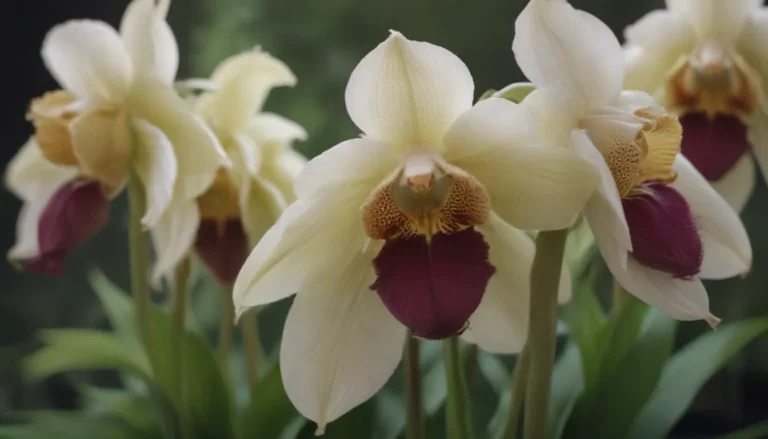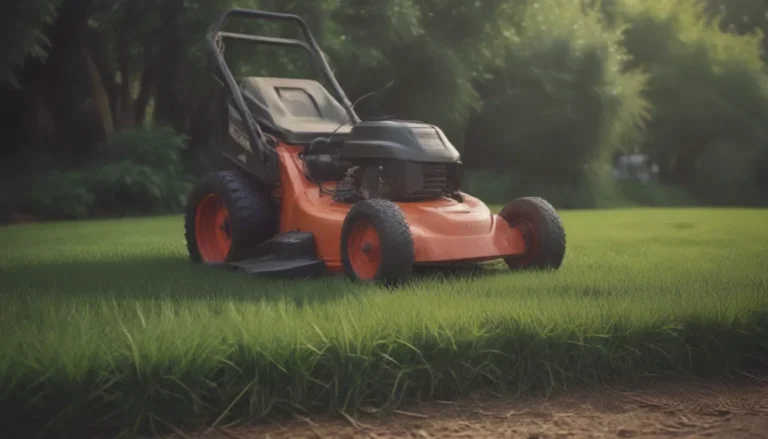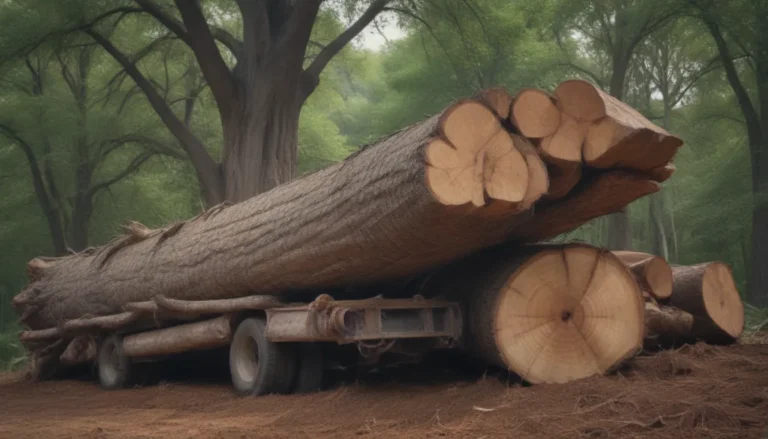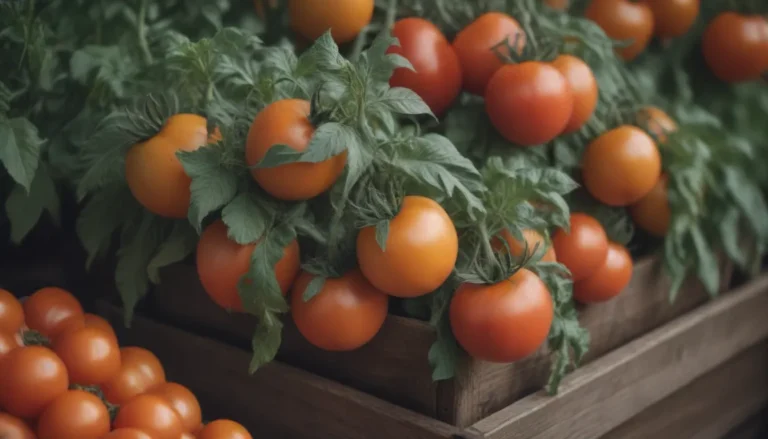Common Houseplant Problems and How to Solve Them
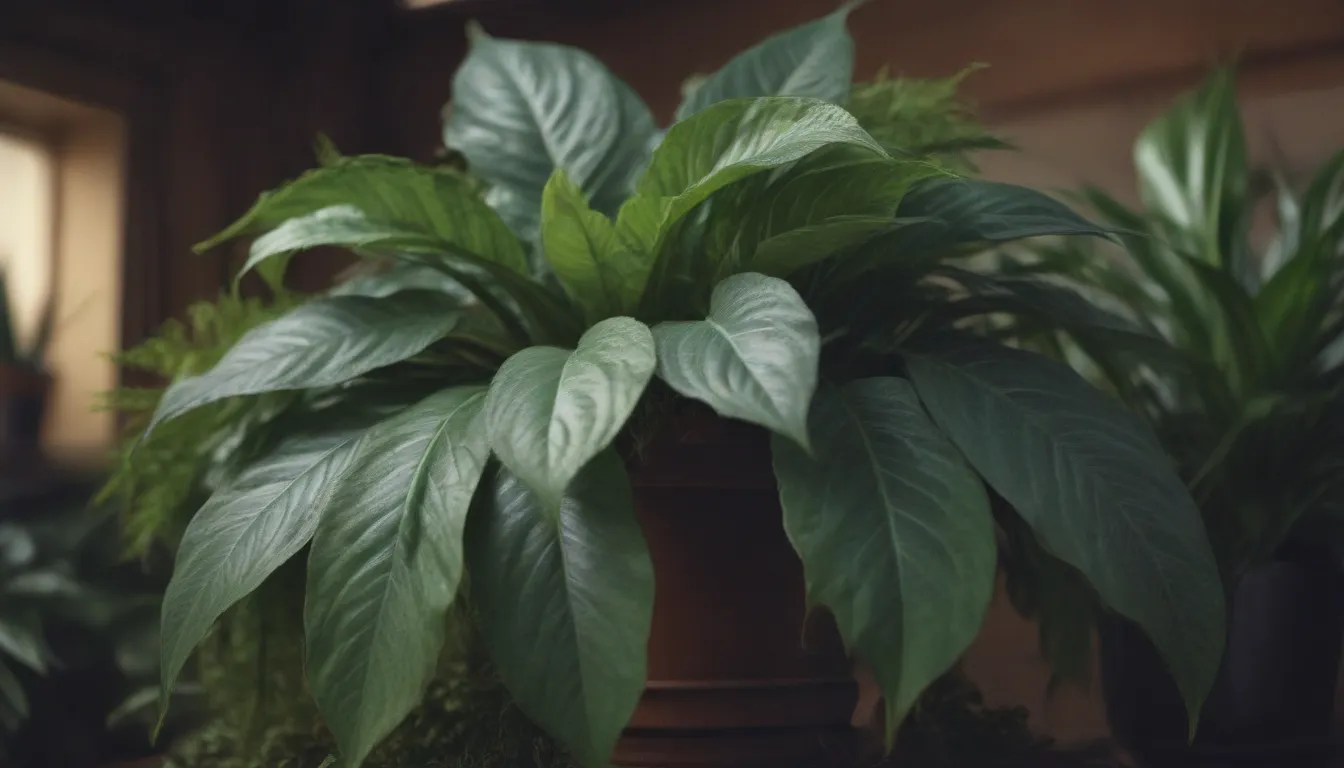
Houseplants can bring life and beauty to any indoor space, but sometimes they can encounter issues that leave us scratching our heads. From curling leaves to yellowing foliage, it’s essential to be able to diagnose and treat common houseplant problems effectively. While your plant might not be able to vocalize its issues, with a little observation and the right information, you can become a pro at keeping your indoor garden thriving.
How to Identify Houseplant Problems
Before diving into the solutions for common houseplant problems, it’s crucial to be able to identify what’s wrong with your plant. Here are a few steps to help you determine the scope of the issue:
- Observe the Plant: Take note of any changes in the plant’s appearance compared to how it looked previously.
- Check Soil Moisture: Use your finger to determine if the soil is too moist or too dry.
- Assess the Environment: Consider any seasonal or environmental changes, such as drafts or proximity to heating vents.
With these steps in mind, let’s delve into some of the most common houseplant problems and how you can address them.
Curling Leaves
Curling leaves are a common issue that can be caused by overwatering, heat stress, compacted soil, or pests like aphids. Here’s how you can tackle this problem:
The Solution:
- Allow the top inch of soil to dry between waterings to address overwatering.
- Ensure proper drainage in the container.
- Prevent heat stress by adjusting the plant’s location.
- Combat aphids with water or insecticidal soap.
Yellowing Leaves
Yellowing leaves can be a sign of root rot, nitrogen deficiency, or potassium deficiency. Here’s how you can address this problem:
The Solution:
- Adjust your watering habits.
- Consider using a nitrogen or potassium fertilizer.
Brown Leaf Tips
Brown, crispy leaf tips are often a result of potassium deficiency, underwatering, inconsistent watering, or low humidity. Here’s how you can fix this issue:
The Solution:
- Feed the plant with a potassium-containing fertilizer.
- Monitor your watering habits.
- Combat pests like thrips with relevant products.
Wilting or Droopy Leaves
Wilting or droopy leaves can indicate underwatering, overwatering, or insufficient light. Here’s how you can tackle this issue:
The Solution:
- Adjust your watering schedule.
- Ensure proper drainage and consider repotting if necessary.
- Relocate the plant to a sunnier spot gradually.
Sticky Leaves
Sticky leaves are often caused by insects like aphids, mites, or scale. Here’s how you can address this issue:
The Solution:
- Rinse the plant with water or use insecticidal soap.
- Treat the plant with neem oil if needed.
Wrinkled Leaves
Wrinkled leaves can be a result of underwatering, low humidity, or a combination of factors. Here’s how you can fix this issue:
The Solution:
- Adjust your watering habits.
- Increase humidity around the plant.
- Monitor the plant’s health for further improvements.
Brown Spots on Leaves
Brown spots on leaves can stem from inconsistent watering, mineral deficiencies, or fungal infections. Here’s how you can address this problem:
The Solution:
- Monitor your plant’s watering needs regularly.
- Consider using a balanced fertilizer to address any nutrient deficiencies.
Faded Leaves
Faded leaves are often a result of improper lighting, root rot, or nutrient deficiencies. Here’s how you can fix this issue:
The Solution:
- Adjust your plant’s lighting conditions as necessary.
- Amend overwatering habits and ensure proper soil pH.
Mold or Mildew on Leaves
Mold or mildew on leaves can be a sign of disease or excess humidity. Here’s how you can address this problem:
The Solution:
- Repot the plant in fresh soil with good drainage.
- Use an anti-fungal treatment to combat powdery mildew.
Chewed-Up Leaves
Chewed-up leaves are often a result of insect pests like spider mites or mealybugs. Here’s how you can tackle this issue:
The Solution:
- Trim off damaged leaves and rinse the plant with water.
- Use insecticidal soap spray if pests persist.
Small or Misshapen Leaves
Small or misshapen leaves can be caused by nutrient deficiencies, pests, or pot-bound plants. Here’s how you can address this problem:
The Solution:
- Eliminate pests using appropriate treatments.
- Consider repotting your plant if necessary.
Curling and Yellow Leaves
Curling and yellow leaves can signal a nitrogen deficiency or overfertilization. Here’s how you can address this issue:
The Solution:
- Review your fertilizing habits and adjust accordingly.
By understanding these common houseplant problems and their solutions, you can ensure that your indoor garden remains healthy and vibrant. Remember to observe your plants regularly, provide them with proper care, and address any issues promptly to keep them thriving. With a little TLC, your houseplants will continue to brighten up your living space for years to come.
